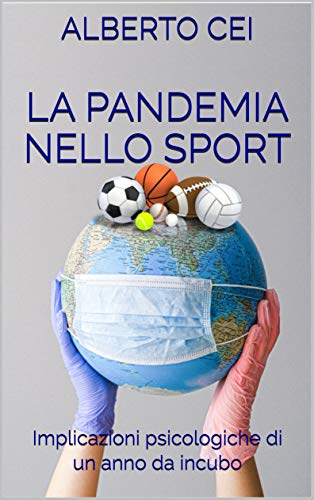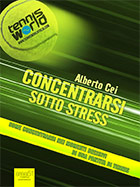The interview to Jan Vesely[1] shows the main relevance to have a mindset growth oriented instead to have fixed mindset. He said:
“It’s just concentration. The first year was with Maccabi; it was tough, but it was 3-0. After that I was injured against Real Madrid, so the team changed the mentality to play without one of the important players and they put even more than the maximum in those playoffs and beat Real Madrid. Last year playing Panathinaikos on the road the first two games and having the pressure to win the EuroLeague and play the Final Four in Istanbul, there was big pressure, so we set our mindset to always be much more focused than in the other games and to give our maximum. I think the secret was in our concentration to do the little things until the end, until the referee stops the game or we get the rebound or something. I think all those things are much more important now than in the regular season. I think the mindset is the most important thing.”
These words demonstrate that Jan Vesely but also the team, have not thought: “We have the talent and the skills to win” but they worked to develop their potential through effort, and practice. They understand the difference between to have the potential and to play at the best to achieve the result you want to achieve. Commitment, deliberate practice and strong task orientation are the secrets of this result. Great talent does not transport the players in great performances. The team has to dive itself inside the match, living each moments as it was the most important. This is the meaning of the sentence: “It’s just concentration.” It seems easy because it’s their job but going in deep it means “Do the right thing in the right moment” and in a fast tactical play like it’s top basketball, to play with this approach it’s a very demanding task.
The players with a growth mindset assume on themselves the responsibility that also if we play at our best, the success is not guaranteed because there is the other team that can play better than us. In any case it’s this kind of mindset that lead them to fight each second of the match, they say to them “I don’t think to the final results or how many mistakes I will do but I know that my teammates and me will perform till the last shot with the maximum focus needed to do our best performance.” It could be a thinking little bit rhetoric, but it’s not true. It means, as Jan Vesely said:
“I think the secret was in our concentration to do the little things until the end, until the referee stops the game or we get the rebound or something. I think all those things are much more important now than in the regular season. I think the mindset is the most important thing.”
[1] http://www.euroleague.net/features/interviews/euroleague-2017-18/i/8obkylpgs38hn48s/jan-vesely-fenerbahce-the-mindset-is-the-most-important-thing




